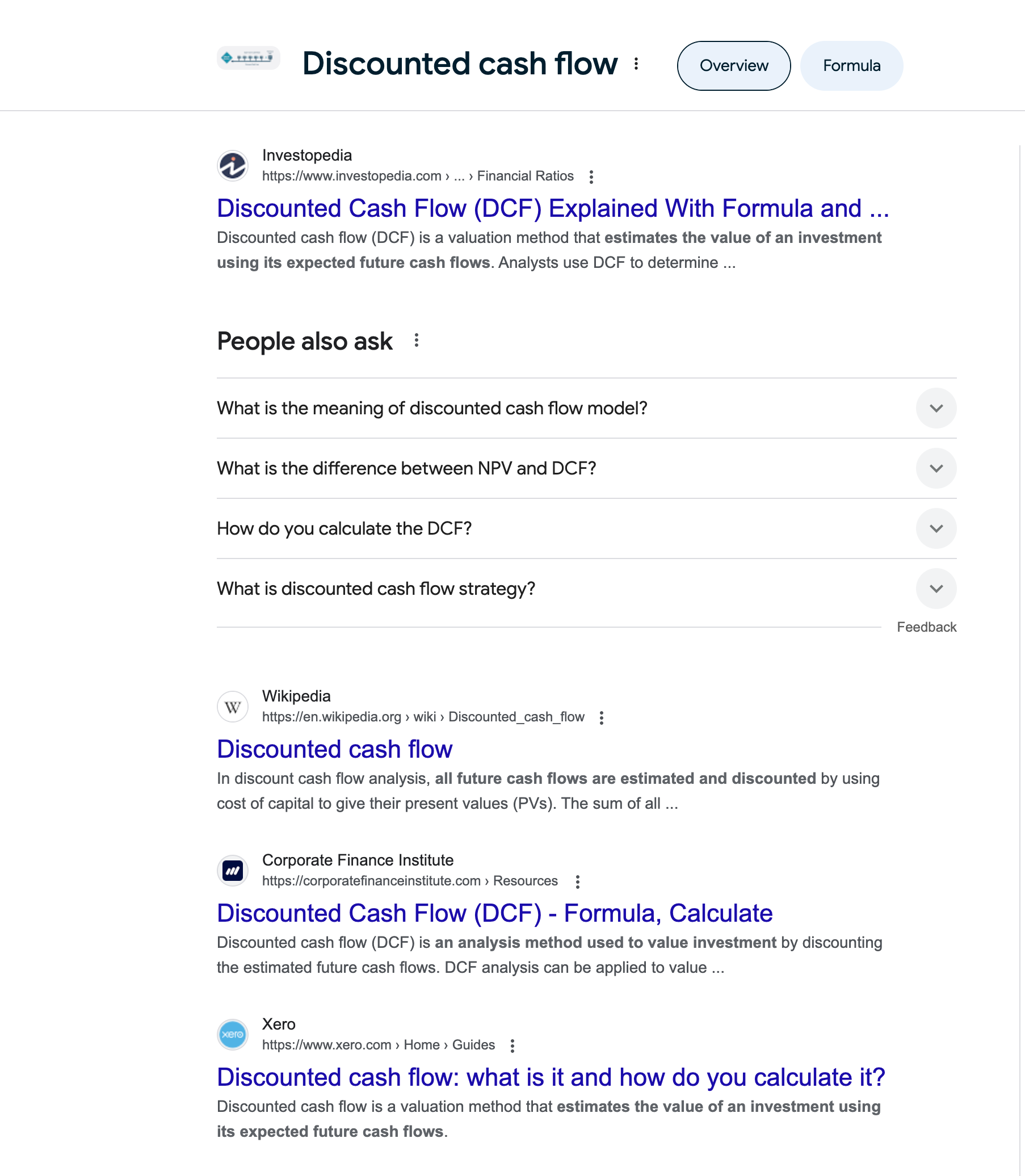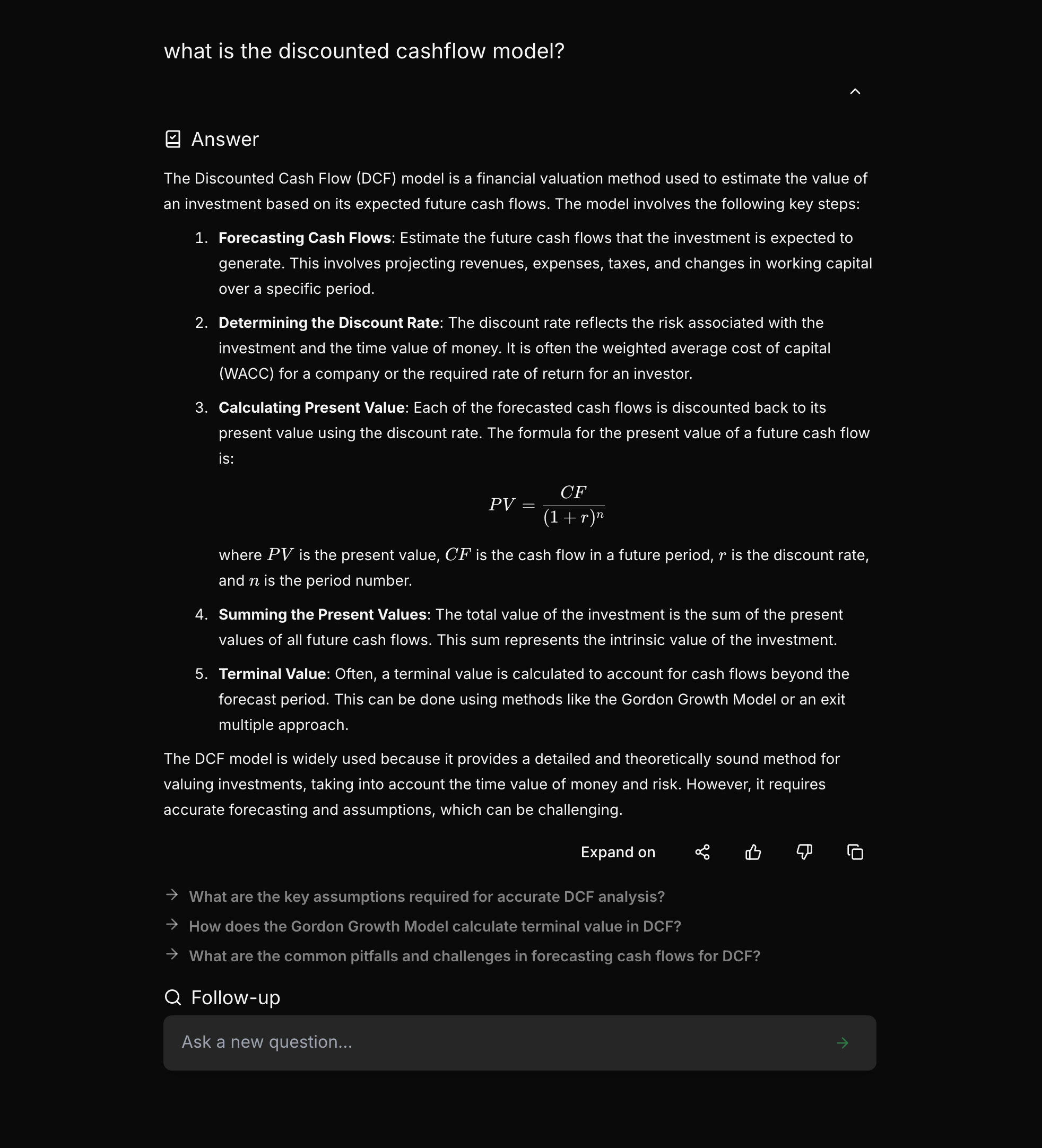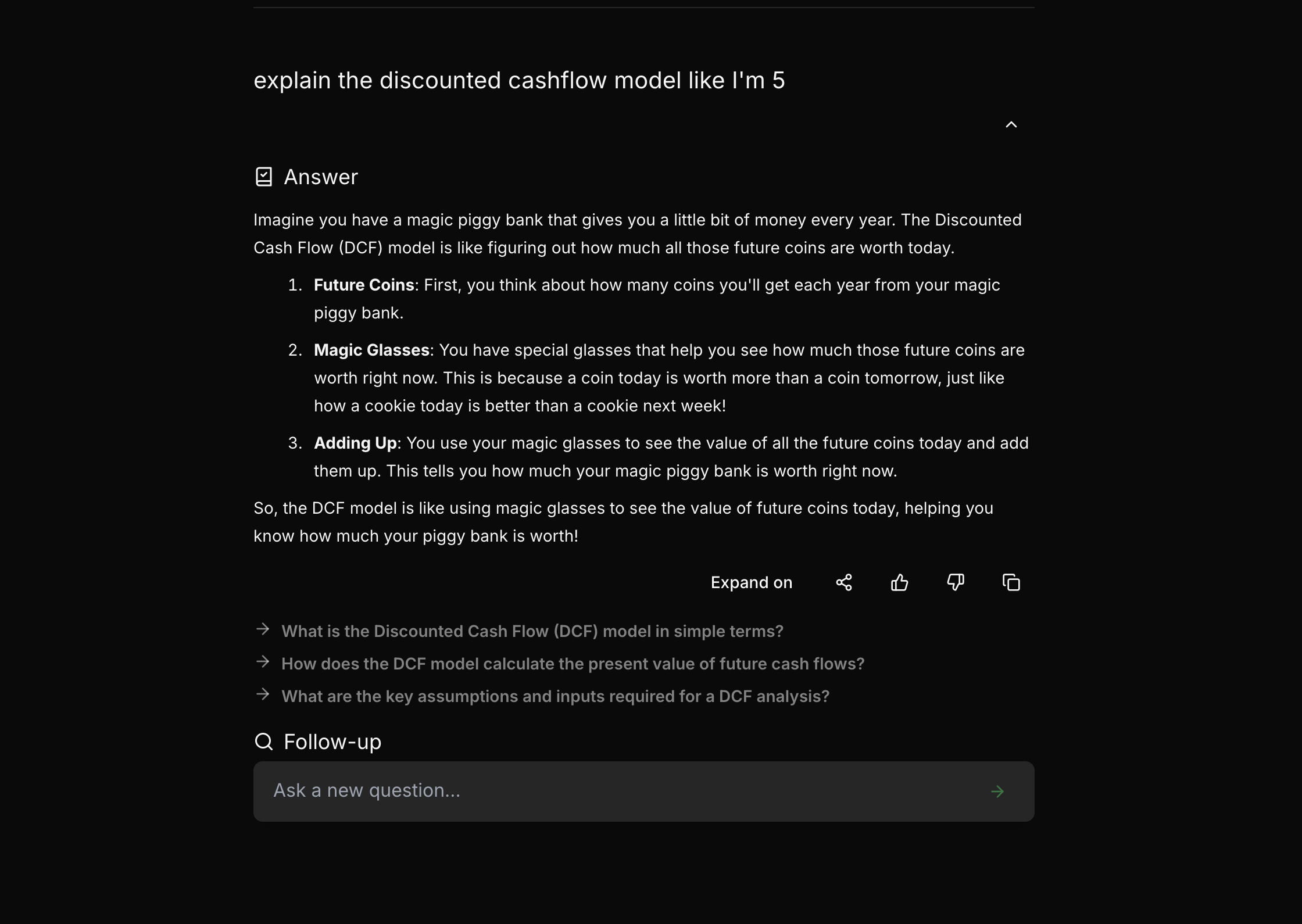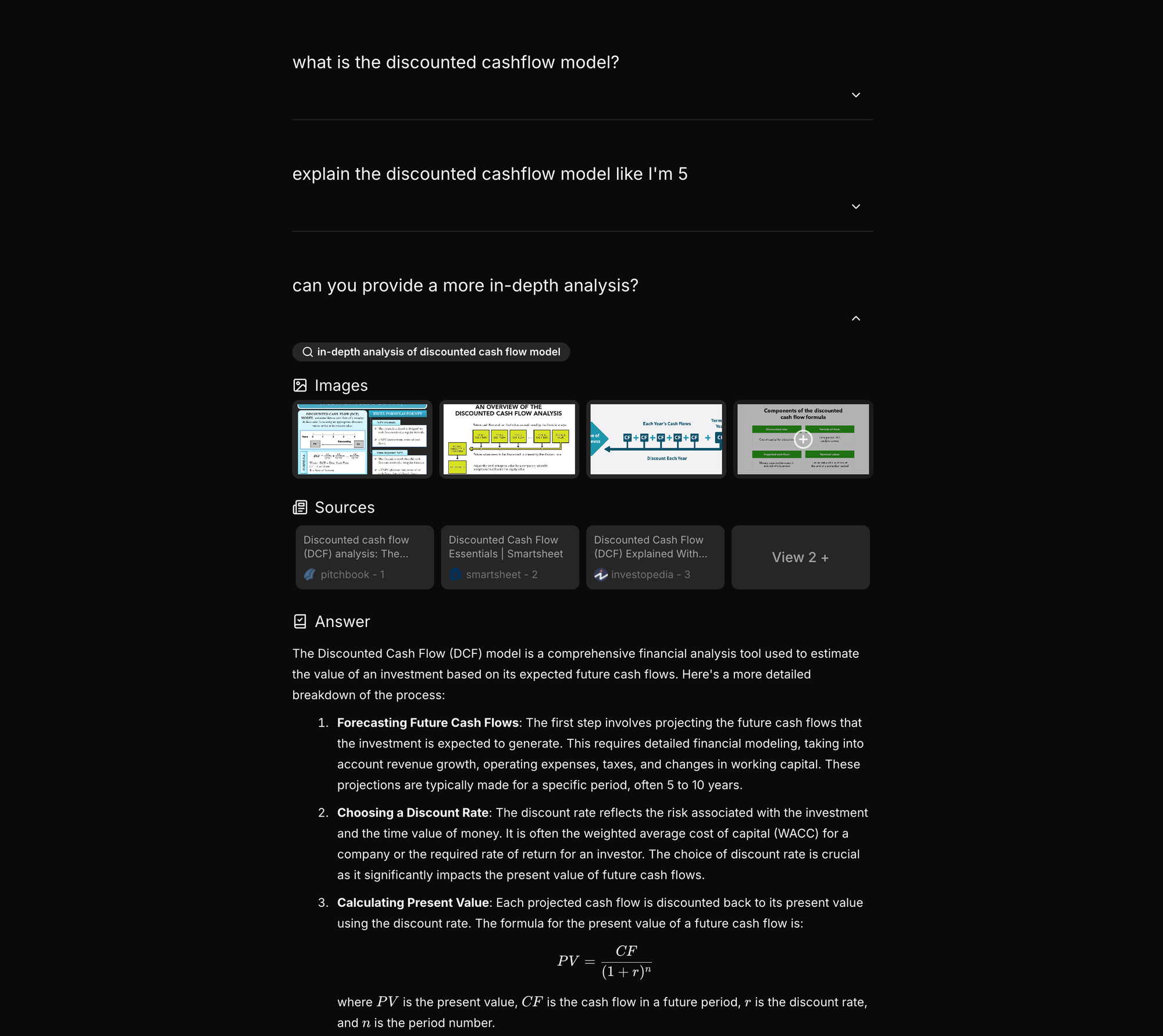Common AI Search Terms Analysis: Why 73% of Users Prefer AI Search Engines for Technical Questions
AI search is now the go-to for technical queries, with 73% of users preferring it over traditional search. Discover common AI search terms and learn how Tak and Phospho support efficient, tailored responses for coding, finance, and research needs.

Exciting news, phospho is now bringing brains to robots!
With phosphobot, you can control robots, collect data, fine-tune robotics AI models, and deploy them in real-time.
Check it out here: robots.phospho.ai.
Did you know that 73% of people prefer AI search for technical queries?
It’s no surprise to us. We’ve known for a while that traditional search engines aren’t cutting it for developers, data scientists and financial professionals. People working in these areas tend to require nuanced, highly specific responses that sites like Google and Bing just don’t provide – and they don’t have time to wade through pages of results.
In this article, we’ll explain why AI search engines are so much more effective for technical queries, and we’ll analyze some common AI search terms.
We’ll also present Phospho’s analytics platform and show how it can help users working in technical sectors.
The Rising Popularity of AI Search for Technical Users
It’s commonly understood that AI search is now the preferred type of search for a range of technical applications, such as maths, coding and finance, and it’s not hard to see why.
Anyone searching for complex information is more likely to turn to an AI search engine. Search tools like Tak, Perplexity and ChatGPT can provide much more synthesised, specific answers in a fraction of the time it would take a search engine like Google to deliver a similar result. Technical users will often strive for optimal efficiency and accuracy in their workflows, which AI search provides.
To show you a real world example, if you were looking to understand a complex financial model, you’d receive a far better analysis from a search engine like Tak – which would explain the model in simple terms and provide examples – than Google, which would present you with a list of top-performing pages to trawl through.
Here is Google’s result:

And here’s Tak’s:

You can even ask Tax to change your search results according to your level of understanding:

Tech Questions: What are Some Common AI Search Terms?
Common AI search terms in the coding field include questions such as ‘Python coding examples’, while mathematical users might search for ‘financial derivatives calculations’ or ‘quantum physics formulas’.
The difference between Google search for example, and an AI search engine is that traditional search will generate results based on keywords and engagement, whereas AI search analyzes user intent and delivers a much more relevant result.
An AI search engine also learns from user behavior over time, so will be able to deliver content that’s specific to your preferences and needs.
AI Search vs Traditional Search for Technical Queries
The trend towards AI search opens up high-value markets for search engines like Tak that cater to technical users. There are many reasons for this, including:
Immediate Responses
AI search engines can deliver much more accurate, real-time responses to common technical queries. This is because their models can process and synthesize complex information in seconds, unlike traditional search engines where you’ll need to sift through multiple pages to find the results you’re looking for.
Interactive, Conversational Interface
Conversational AI also adds an interactive element to search, resulting in a much more engaging and user-friendly experience.
This means you can ask your search engine follow-up questions and get relevant answers, rather than having to ask the entire question again like you would with Google.
AI search is designed to mimic expert consultation, so you’ll get direct answers to your queries that are clear and concise. Answers will also be tailored to different levels of complexity – for example, you can ask an AI search engine to explain something in ‘basic terms’ or request a more in-depth analysis.

Real-Time Processing
Complex search terms can be interpreted and solved in real time using AI search. Tools like Tax and Perplexity can solve math equations, execute code snippets and format LaTeX in a matter of minutes, giving them an edge over traditional search engines when it comes to technical applications.
In our case, Tak’s LaTeX implementation led to a 25% higher retention rate for math-related queries, enhancing readability and improving user experience.
Diverse Content Curation
AI search engines can summarize information from multiple sources and consolidate them into an intelligent answer, providing links for deeper research and exploration.
This mean you’ll receive a diverse range of content suggestions, but you’ll also be able to back up your data with the source material. As a bonus, you’ll save time because you won’t need to look through multiple pages of search results.
Phospho: The Text Analytics Platform That Powers User Behavior Analysis
Phospho is an open-source text analytics platform for monitoring, evaluating and improving LLM apps and AI search engines. Our tool tracks user inputs in real-time to deliver insights into common AI search terms and behavior.
We also allow companies like Tak and other search engines to define tailored metrics for tracking user engagement with technical content.
Phospho can automatically detect shifts and changes in user behavior, such as an increase in the frequency of technical queries of a specific type (like questions relating to a particular coding language) or an uptick of queries during peak times – for example, students may use search engines more in times of peak academic study, such as exam season.
Insights pulled from Phospho help search engines like Tak to optimize performance so they can better serve high-value markets while improving the accuracy and depth of technical questions.
Using Tak for High-Value Market Verticals
Tak is our analytics-driven, AI-powered search engine. It uses Mistral AI, which is powered by Perplexity, and is uniquely positioned to handle technical queries due to its unique features:
Advanced Query Handling
Tak can handle complex coding questions, such as how to debug Python scripts. It can also solve advanced mathematical problems in real time, presenting you with quick and simple answers to difficult questions.
Custom Search Features
Our annotated search results feature and specialized database integrations specifically equip Tak for research-related queries. Not only will annotated search make life easier for students and researchers when quoting sources, but it will also lead to higher user satisfaction and engagement overall.
Designed for Academic, Scientific and Financial Research
Tak is optimized for technical research. In fact, we recently used our clustering tool to reveal key user interests and found that science and maths-related questions significantly outnumbered other topics.
When it comes to financial research and analysis, Tak can be leveraged in several ways – such as rapid financial model development and troubleshooting, automated data analysis and predictive modeling.
Our AI might suggest code snippets to pull stock data from financial APIs or process historical data to make future predictions. Tak can also provide instant access to the latest financial research and insights, condensing information by summarizing long reports and call transcripts.
Want to take AI to the next level?
At Phospho, we give brains to robots. We let you power any robot with advanced AI – control, collect data, fine-tune, and deploy seamlessly.
New to robotics? Start with our dev kit.
👉 Explore at robots.phospho.ai.
